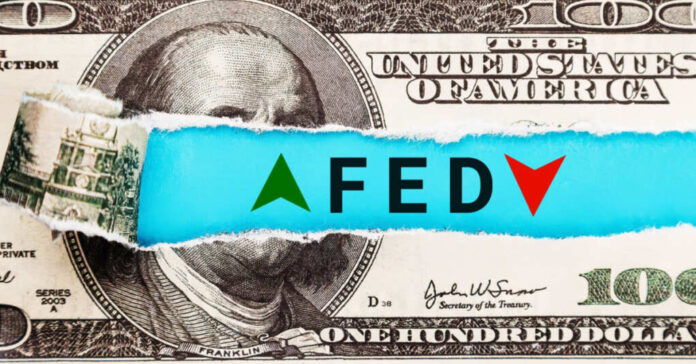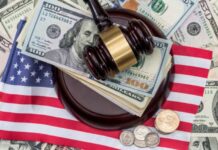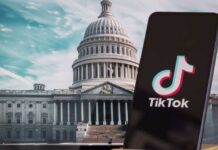
Federal Reserve chairman Jerome Powell gave prepared remarks on October 19th about the state of our economy, as well as the evolution of interest rates in the US. He thinks increases are done unless they see signs that strong economic moves will undermine their hunt for two percent.
“Given the uncertainties and risks, and how far we have come, the Committee is proceeding carefully. We will make decisions about the extent of additional policy firming and how long policy will remain restrictive based on the totality of the incoming data, the evolving outlook, and the balance of risks. My colleagues and I are committed to achieving a stance of policy that is sufficiently restrictive to bring inflation sustainably down to 2 percent over time, and to keeping policy restrictive until we are confident that inflation is on a path to that objective.”
Presented during a luncheon in NYC, Powell’s remarks are similar to ones provided by other members of the Federal Reserve. Signaling that rate hikes are done, and instead, stability is on the horizon is coming not a moment too early for many. He thinks the markets for interest as well as the job market are beginning to stabilize, and as a nation, we are getting back to a routine that the economy and our nation can support.
“Job openings have moved well down from their highs and are now only modestly above pre-pandemic levels. Quits are back to pre-pandemic levels, and the same is true of the wage premium earned by those who change jobs.” Powell continued, “Surveys of workers and employers show a return to pre-pandemic levels of tightness. And indicators of wage growth show a gradual decline toward levels that would be consistent with 2 percent inflation over time.”
These signs as two major conflicts rage on, and following a year of peace as a 20-year conflict coming to an end, it has taken a lot for the American economy to settle down. Pulling the plug on the war machine after already watching the economy be destroyed due to COVID sent the American economy into a tailspin; it still hasn’t recovered. Opting to raise the interest rates to slow down spending and help settle the value of the dollar might have made sense to the fed, but for many Americans, it’s been a death sentence.
Getting interest rates to stabilize might mean they’ll eventually start retreating, but the damage is already done in many housing markets and businesses. Locked in with sky-high interest rates, many mortgages are currently paired with overinflated prices that accompany the previously lower interest rates during COVID’s start under President Trump. His leadership and economy helped support the increased housing prices as people relocated to states that better suited their lifestyles. Now that this time has passed, nothing has kept pace with the changes, but the interest continued to climb.
Inflated prices and inflated interest make for a horrific combination with stagnant wages. While stockholders are impressed with better revenue lines and cleaner profit, the news stories on jobs being lost or people not being able to find work aren’t helping companies unless they announce hiring events. Even then, most of those events are aimed at the lower-level employees who often see their positions advertised everywhere.
For the mid-career American, there is little hope right now. The announcement of rate freezing is intriguing, but the prospect of finding a job that pays enough to afford to do more than just getting by is incredibly difficult. In turn, rates stay stagnant longer than they need to, and the rebound effect on the economy that experts are waiting to see is taking significantly longer than expected.
Chairman Powell is confident we are on the path to getting back on track and that the economy will return to normal soon. However, with how long it’s been uncontrolled and how volatile it’s been, what is “normal” at this point?















